The Intersection of Hunting and Habitat Preservation in Forest Management
- September 2, 2024
- 0 comment
The intersection of hunting and habitat preservation represents a complex yet essential aspect of forest management. Hunting has long been a tool for managing wildlife populations, helping to maintain ecological balance by controlling species that might otherwise become overpopulated. Simultaneously, habitat preservation is crucial for sustaining biodiversity and ensuring that forests remain healthy and resilient. Integrating hunting with habitat conservation requires careful planning and adaptive management, recognizing the importance of both activities in maintaining forest ecosystems.
Effective forest management must balance the needs of hunters with the broader goals of habitat preservation, ensuring that wildlife populations thrive while maintaining the ecological integrity of forest habitats.
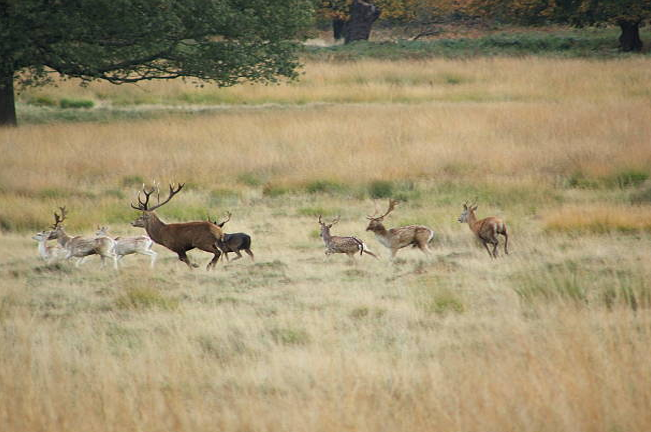
Table of Content
- The Evolution of Hunting and Conservation
- Ecological Impacts of Hunting on Forest Habitats
- Habitat Preservation Strategies in Forest Management
- Integrating Hunting with Habitat Preservation Goals
- Policy and Regulation: Governing Hunting and Habitat Preservation
- Challenges in Balancing Hunting and Habitat Preservation
- Future Directions: The Role of Innovation in Sustainable Hunting and Habitat Preservation
- FAQs
The Evolution of Hunting and Conservation

The relationship between hunting and conservation has evolved significantly over time. Historically, hunting was primarily a means of survival, with early human societies relying on it for food, clothing, and tools. As human populations grew, the need to manage wildlife populations became more apparent, leading to the development of hunting as a tool for wildlife management. Conservation principles emerged alongside hunting practices, particularly in the late 19th and early 20th centuries, when concerns about overhunting and habitat destruction led to the establishment of protected areas and wildlife reserves. Key milestones in this evolution include the creation of national parks, the implementation of hunting regulations, and the development of conservation organizations dedicated to preserving wildlife and their habitats.
Ecological Impacts of Hunting on Forest Habitats
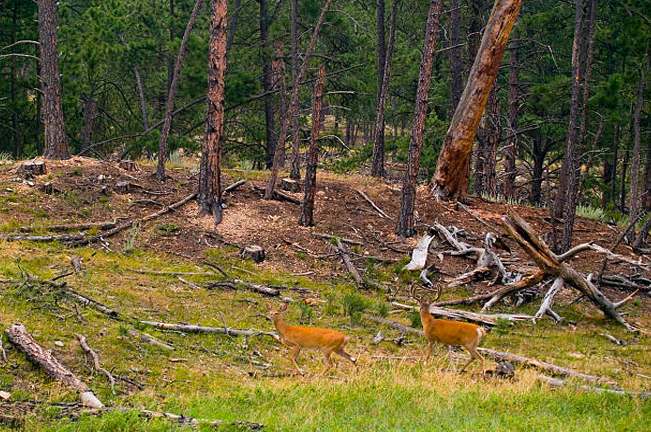
Hunting plays a significant role in influencing wildlife populations and ecosystem dynamics within forest habitats. By controlling the numbers of certain species, hunting helps prevent overpopulation, which can lead to habitat degradation and a decline in biodiversity. For example, regulated hunting of herbivores like deer can reduce overgrazing, allowing vegetation to recover and supporting a more diverse range of species. However, overhunting poses risks, including the potential for disrupting predator-prey relationships and reducing genetic diversity within species. Careful management is required to ensure that hunting contributes positively to forest ecosystems, avoiding the negative impacts associated with unsustainable hunting practices.
Habitat Preservation Strategies in Forest Management
Preserving forest habitats while accommodating hunting requires a strategic approach. Key strategies include maintaining habitat diversity and connectivity, which are essential for supporting a wide range of wildlife species. Habitat corridors, for example, allow animals to move between different parts of the forest, promoting genetic diversity and reducing the risk of inbreeding. Additionally, managing forest areas to create a mosaic of different habitat types can support both game species and non-game species, enhancing overall biodiversity. Techniques such as controlled burning, selective logging, and reforestation can help maintain healthy ecosystems that benefit all species, including those targeted by hunters.
Integrating Hunting with Habitat Preservation Goals
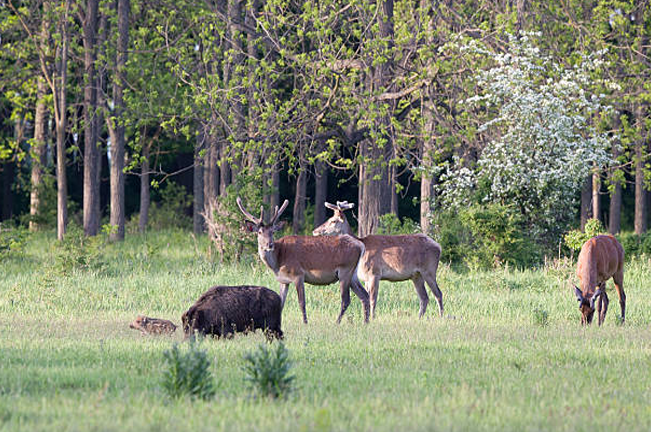
Successfully integrating hunting with habitat preservation goals involves aligning hunting activities with broader conservation objectives. Best practices include implementing adaptive management, which allows for adjustments based on monitoring data and changing conditions. This approach helps balance hunting pressures with the needs of wildlife populations and their habitats. Additionally, collaboration between hunters, conservationists, and land managers is crucial for achieving shared goals. Case studies from various regions demonstrate how hunting can be integrated with habitat preservation, such as through the creation of hunting reserves that also serve as conservation areas, supporting both wildlife populations and local economies.
Policy and Regulation: Governing Hunting and Habitat Preservation
Policies and regulations play a critical role in guiding hunting and habitat preservation efforts. Legal frameworks at the national and international levels establish guidelines for sustainable hunting practices, ensuring that wildlife populations are managed effectively and that habitats are protected. For example, hunting seasons, bag limits, and species-specific regulations help prevent overhunting and promote conservation. Government agencies, non-governmental organizations, and community groups all contribute to shaping policies that balance the needs of hunters with the imperative of habitat preservation. Effective regulation is essential for achieving long-term sustainability in forest management.
Challenges in Balancing Hunting and Habitat Preservation
Balancing hunting interests with habitat preservation presents several challenges. Conflicts often arise between hunters and conservationists, particularly when hunting practices are perceived as threatening to endangered species or critical habitats. Ethical considerations also come into play, as public perceptions of hunting can influence policy decisions and conservation efforts. Addressing these challenges requires open dialogue, education, and a willingness to compromise. Strategies for resolving conflicts include promoting responsible hunting practices, enhancing public awareness of the role of hunting in conservation, and ensuring that short-term hunting benefits do not compromise long-term habitat preservation goals.
Future Directions: The Role of Innovation in Sustainable Hunting and Habitat Preservation
Innovation will play a key role in the future of hunting and habitat preservation. Emerging trends in wildlife management and habitat conservation include the use of advanced technologies such as drones, GPS tracking, and data analytics to monitor wildlife populations and habitat health. Collaborative approaches, involving partnerships between hunters, conservationists, and landowners, are also gaining traction as a way to enhance both hunting opportunities and habitat preservation. Looking ahead, the intersection of hunting and habitat preservation will continue to evolve, with forest management practices adapting to changing ecological conditions and societal expectations.
Frequently Asked Questions (FAQs)
1. What is the relationship between hunting and habitat preservation?
Hunting and habitat preservation are interconnected aspects of forest management. While hunting helps manage wildlife populations and prevent overpopulation, habitat preservation ensures that the ecosystems remain healthy and resilient, supporting biodiversity and long-term sustainability.
2. How does hunting contribute to forest management?
Hunting plays a crucial role in forest management by controlling wildlife populations, reducing the risk of overgrazing, and maintaining ecological balance. It helps prevent habitat degradation and supports the health of forest ecosystems.
3. What are the historical origins of hunting as a conservation tool?
Hunting has been used as a tool for wildlife management for centuries, originally as a means of survival. Over time, conservation principles evolved alongside hunting practices, leading to regulated hunting that supports both wildlife population control and habitat preservation.
4. What are the ecological impacts of hunting on forest habitats?
Hunting influences wildlife populations and ecosystem dynamics, helping to control species overpopulation and prevent habitat degradation. However, overhunting can have negative impacts, such as disrupting predator-prey relationships and reducing biodiversity.
5. How can forest managers balance hunting with habitat preservation?
Forest managers can balance hunting with habitat preservation by implementing strategies that maintain habitat diversity and connectivity, promoting healthy ecosystems that support both game and non-game species. Adaptive management practices are also essential for aligning hunting activities with conservation goals.
6. What are the best practices for integrating hunting with habitat preservation?
Best practices include implementing adaptive management, collaborating with hunters, conservationists, and land managers, and creating hunting reserves that also serve as conservation areas. These practices help ensure that hunting activities align with broader conservation objectives.
7. How do policies and regulations govern hunting and habitat preservation?
Policies and regulations establish guidelines for sustainable hunting practices and habitat preservation. These include hunting seasons, bag limits, and species-specific regulations that prevent overhunting and protect critical habitats. Legal frameworks also shape the balance between hunting interests and conservation goals.
8. What are the challenges in balancing hunting and habitat preservation?
Challenges include conflicts between hunting and conservation interests, ethical considerations, and public perceptions of hunting. Addressing these challenges requires dialogue, education, and strategies that balance short-term hunting benefits with long-term habitat preservation goals.
9. How does innovation play a role in sustainable hunting and habitat preservation?
Innovation, such as the use of advanced technologies and collaborative approaches, enhances both hunting opportunities and habitat preservation. These innovations help forest managers adapt to changing ecological conditions and societal expectations.
10. What is the future of hunting and habitat preservation in forest management?
The future of hunting and habitat preservation will likely involve greater collaboration, the integration of new technologies, and the development of strategies that balance the needs of hunters with the goals of conservation. As forest management practices evolve, the intersection of these activities will continue to be a critical focus for ensuring the sustainability of forest ecosystems.

Gilbert Griffin
Forestry AuthorGilbert Griffin is a forest management expert specializing in sustainable practices, forest health, conservation, and land management. With extensive knowledge in pest control, disease management, and habitat restoration, Gilbert develops strategies to preserve forest ecosystems and biodiversity. Passionate about the natural world, Gilbert adapts to changes in forest management and stays updated through continuous learning. Gilbert also provides seasonal advice to optimize forest care throughout the year.

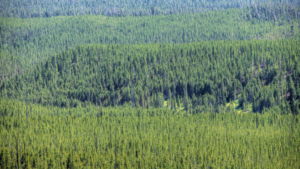
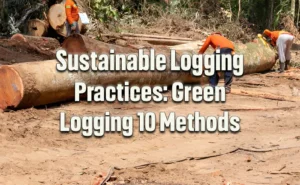
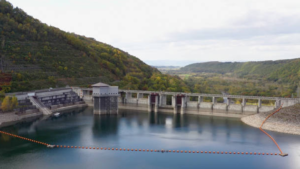
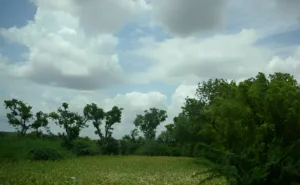


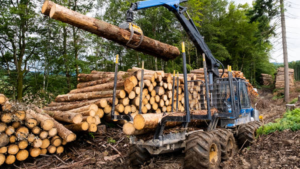
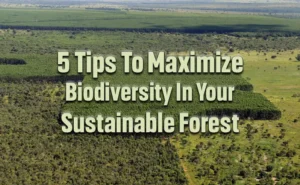

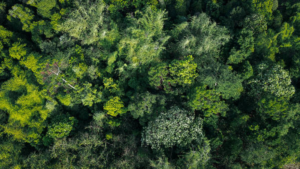
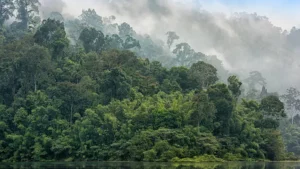

Leave your comment